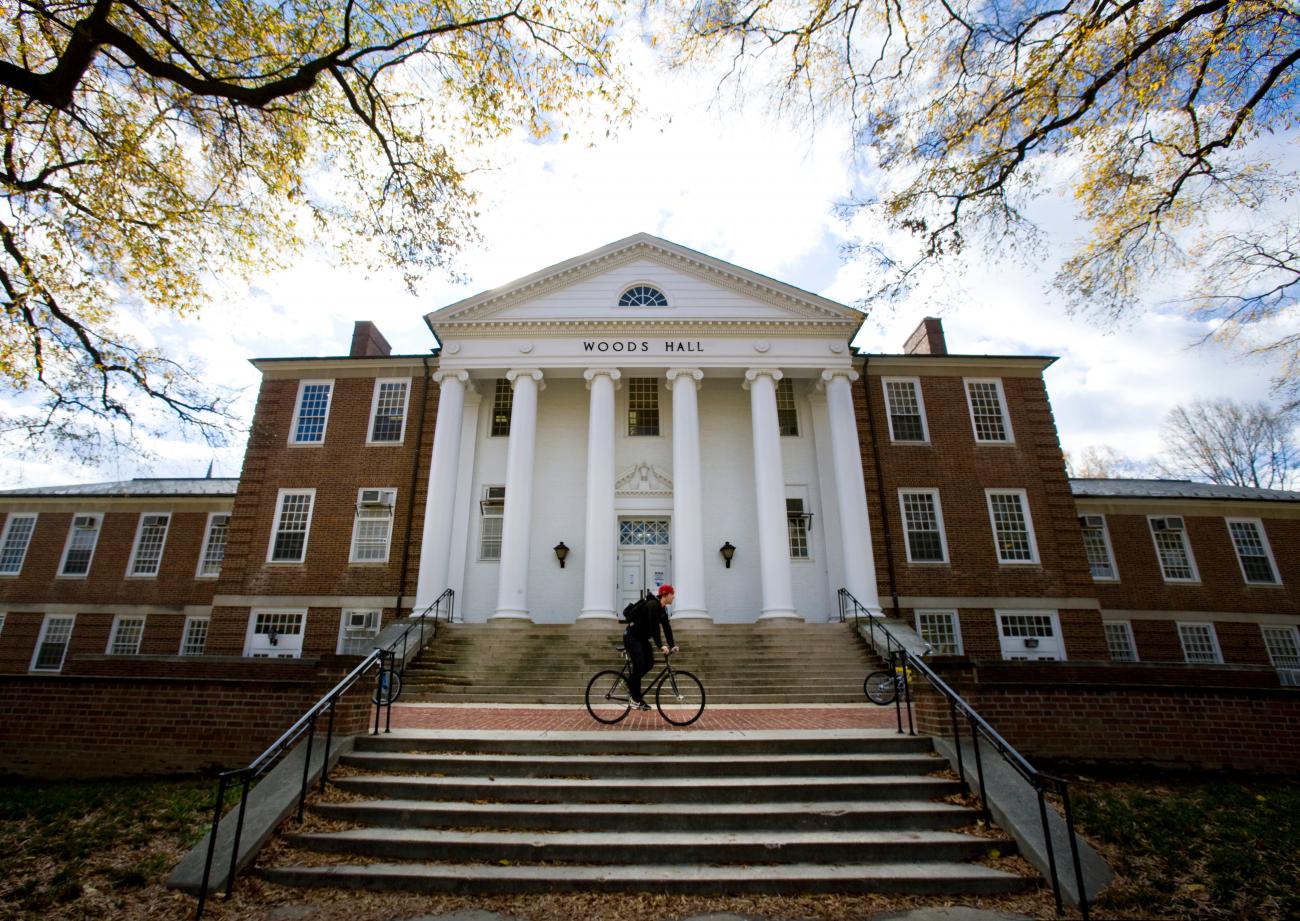As the largest standing tropical rainforest in the world, the Amazon basin is central to global efforts to curb green-house gas emissions through carbon sequestration. At the same time, it is also a major producer of greenhouse gases, showing some of the highest rates of deforestation in the world (Kim et al. in press). Within the region, Indigenous territories have been more effective than other protected area types in maintaining standing forests and in sequestering carbon (Saatchi et al. 2007, Walker et al. 2014). According to several studies, biomass on Indigenous lands accounts for a full thirty percent of total carbon stocked in the Amazon (Walker et al. 2014). Indeed, more carbon is stored in the indigenous territories of Amazonia than is found in all of the forests of Indonesia or the Democratic Republic of the Congo. For this reason, government agencies, scientific researchers, financial investors, conservation organizations, and indigenous associations are carefully considering the role of international investment in bolstering indigenous efforts to stem deforestation in their territories (Chernela 2011, Chernela and Zanotti in press.). This inter-disciplinary, faculty-student project examines the contributions of indigenous peoples of the Neotropics to global climate stabilization through complementary micro- and macro-level approaches. The collaborative effort combines local, participatory, research with large-scale studies of pantropical data obtained through satellite imagery and measurement. Research Group: Janet Chernela (Dept. of Anthropology, University of Maryland), Do-Hyung Kim (Dept. of Geographical Sciences, University of Maryland), Praveen Noojipady (Dept. of Geographical Sciences/National Wildlife Federation/Biospheric Sciences Laboratory, NASA-GSFC)


